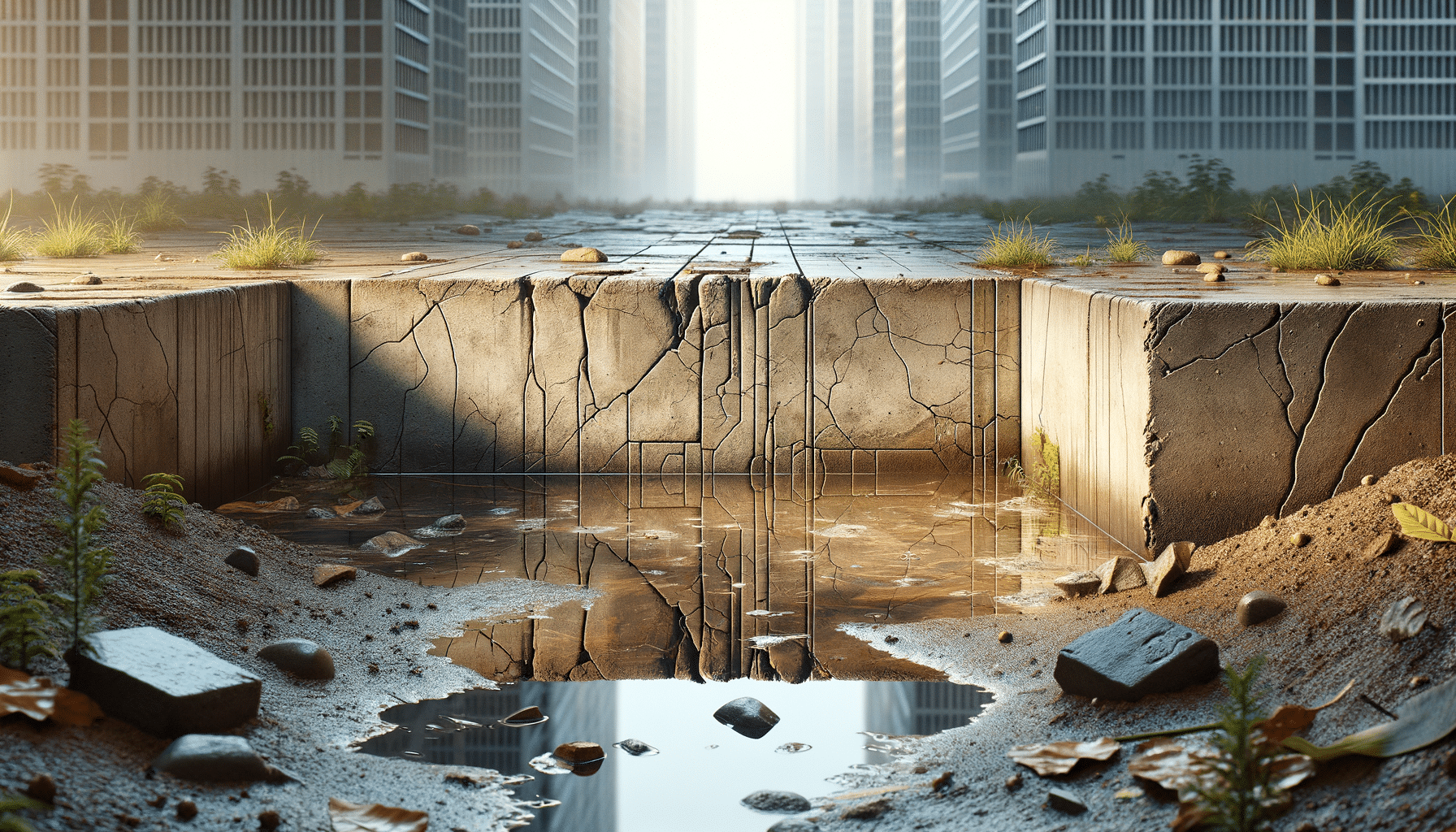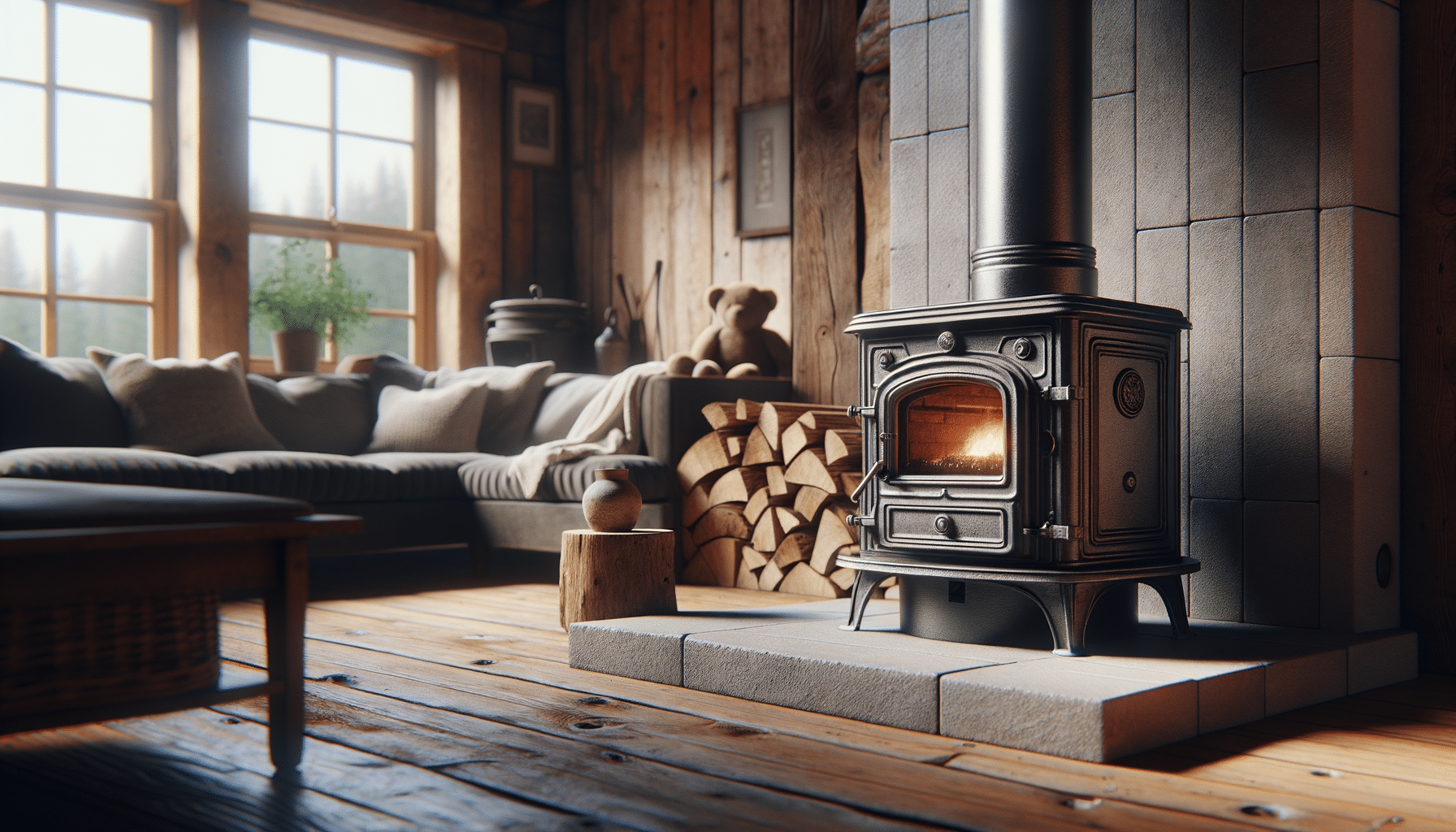
The Complete Guide on Slab Leak Repair
Introduction to Slab Leak Repair
Slab leaks are a homeowner’s nightmare, often unnoticed until significant damage has occurred. These leaks occur in the water pipes beneath a concrete slab foundation, leading to potential structural damage, mold growth, and increased water bills. Understanding the intricacies of slab leak repair can save you time, money, and stress. This guide aims to provide comprehensive insights into identifying, repairing, and preventing slab leaks effectively.
Identifying Slab Leaks
Recognizing the signs of a slab leak early can prevent extensive damage. Some common indicators include unexpected spikes in water bills, damp or warm spots on floors, and the sound of running water when all fixtures are turned off. Additionally, cracks in walls or floors and the presence of mildew or mold can also suggest a slab leak. Early detection is crucial, as prolonged exposure to water can compromise the structural integrity of a building.
Homeowners can perform simple checks to identify potential leaks. For instance, turning off all water sources and checking the water meter can reveal hidden leaks through continuous movement of the meter. Employing advanced technology like infrared cameras or acoustic listening devices can also aid in detecting leaks without intrusive measures.
Methods of Slab Leak Repair
Once a slab leak has been identified, addressing it promptly is essential. Several methods are available, each with its advantages and considerations. The most traditional approach involves tunneling under the slab to access and repair the leak directly. This method is effective but can be labor-intensive and costly.
Alternatively, pipe re-routing is a less invasive option. This involves redirecting the plumbing above ground, bypassing the affected area. While it might involve more visible changes to the home’s plumbing, it can be a quicker and more cost-effective solution.
Lastly, epoxy pipe coating is a modern technique where an epoxy lining is applied inside the pipes, sealing any leaks. This method is minimally invasive and can extend the lifespan of existing pipes. However, it might not be suitable for all types of leaks, particularly those involving significant pipe damage.
Prevention and Maintenance
Preventing slab leaks is far more cost-effective than repairing them. Regular maintenance and inspections of plumbing systems can help identify potential issues before they escalate. Ensuring proper installation of pipes and using high-quality materials can also reduce the risk of leaks.
Homeowners should also be mindful of environmental factors, such as soil movement due to seasonal changes, which can exert pressure on pipes. Installing pressure-reducing valves can mitigate the impact of high water pressure, a common cause of slab leaks.
Additionally, maintaining a consistent temperature and humidity level within the home can prevent the expansion and contraction of pipes, reducing the likelihood of leaks over time.
Conclusion: Safeguarding Your Home
Slab leaks pose significant risks to both the structure of a home and the health of its occupants. By understanding the signs, repair methods, and prevention strategies, homeowners can take proactive steps to protect their investments. Regular inspections and maintenance, coupled with prompt repairs, can ensure that your home remains safe and dry, preventing the costly consequences of slab leaks.
For those dealing with a slab leak, consulting with a professional plumber is recommended to assess the situation and determine the most appropriate course of action. By staying informed and vigilant, you can safeguard your home against the challenges posed by slab leaks.


